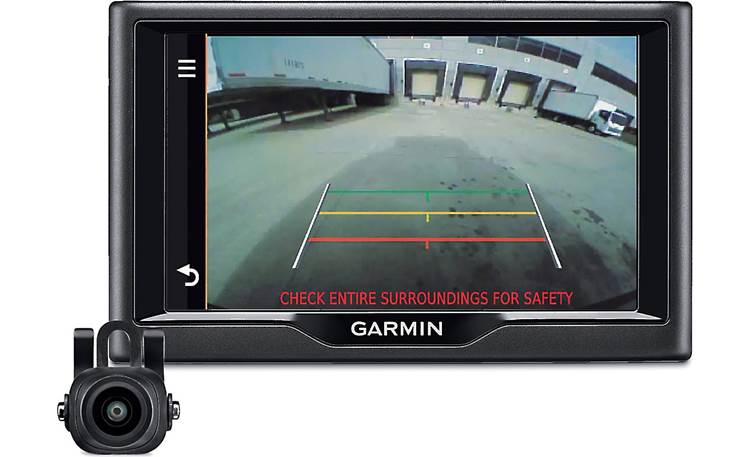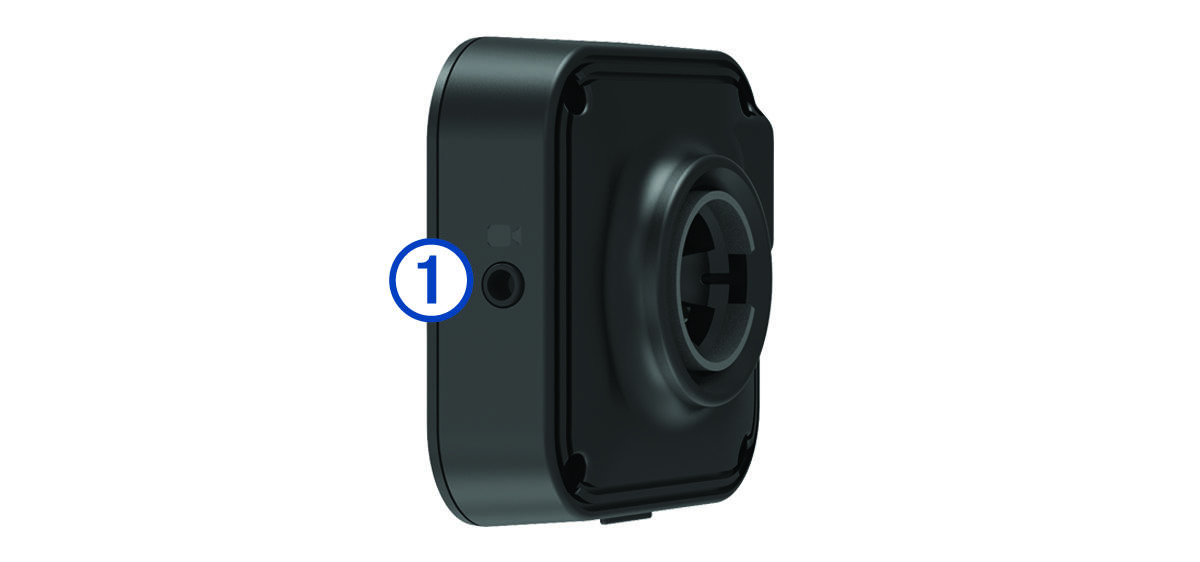
- Troubleshooting garmin backup camera install#
- Troubleshooting garmin backup camera software#
- Troubleshooting garmin backup camera license#
Now your ready for what I found to be the most time consuming part of the setup - aligning the camera and it's "guidance lines".
Troubleshooting garmin backup camera install#
The install took me about 10 minutes which included reading the instructions supplied in what maybe the best Garmin manual I've ever read. You now have a working backup camera and using the DriveSmarts really nice screen, you get a great view of whats behind you. Tap yes, and you will see what the camera is seeing out the back of your vehicle. You will notice a blue light flashing on the camera beside the lens, and in a moment a message asking if you want to pair the camera to your GPS will appear on the device's screen.
Troubleshooting garmin backup camera software#
Now turn on your supported GPS (in my case a DriveSmart 61 with the latest software (6.00) installed). A definite click will be heard to confirm you have installed the camera into the holder correctly. Once the plate and holder are installed you put 2 AA lithium batteries in the camera case and the case into the holder.
Troubleshooting garmin backup camera license#
By default the camera is designed to fit on the top of the license plate but there are instructions for installing it to the bottom of the plate if it has to. Just slip it on and reattach the plate to the vehicle using the original license plate screws in the plates original holes. The camera is held on by a bracket attached to a metal holder that fits behind the license plate. The camera is designed to be attached directly to the plate itself. Note that everything must be removed - the plate, any holder, or frame that may be present.

You un-box the camera, license plate holder and a couple of other items and your ready to install.įirst step is to take the license plate off the rear of your vehicle. The initial setup is dead easy (at least on my vehicle). the Navigator can only display ONE image at a time.The BC-40 arrived this morning and so far I'm pretty impressed. There is no facility to show two cameras in split-screen mode etc.Īny control of multiple cameras is performed OUTSIDE the Navigator. The Hema Navigator products can only display ONE video signal at a time. Of course, this behaviour can be changed by changing the wiring setup. The wiring loom usually has a some sort of control box between the two cameras, and the rear-most camera "takes over" when plugged in. Some systems have multiple (usually two) cameras. We have found these to be prone to interference, and generally do not recommend them. There are wireless systems available, where the camera is connected to a small transmitter, and there is a receiver adjacent to the display device. These flipping mechanisms are present so that the camera can be used as a "normal" surveillance type camera, or as a reversing camera. We are also aware of some cameras (Response brand from Jaycar being one) which have a small screw fitting on the body of the camera which reverses the left / right mirroring of the image when removed. In many cases, the camera itself may have a small wired link which, when connected, will cause the image sent by the camera to be mirrored to counter this issue. Some cameras output their video signal in a way which causes the image to appear mirrored left /right or flipped. Contact the manufacturer or the supplier of the camera for details of their video outputs etc. Some reversing cameras may be different, or have different wiring looms supplied with them. This could be done by an auto electrician for example. If you want to be able to power up the camera while moving forward, the camera would have to have a switch wired in to allow the camera to be powered on when the car is in forward gears. Most of the systems in use are designed to power up the camera when the car is put into reverse gear. The reverse camera video display would normally override any other video signal which is currently visible on the display (such as a GPS display etc.).

Once the Navigator receives an incoming video signal, it is displayed.

Once powered on, the camera generates a video signal, which gets transmitted to the Video-In socket of the connected Navigator (or other display device). That is, they receive power from the reversing light circuit in the vehicle. Generally, you can buy any reversing camera which outputs Composite Video in NTSC or PAL mode.


 0 kommentar(er)
0 kommentar(er)
